Interactive sales and marketing training content make the employees engaged in a training program. When the employees find the training content interesting, they are more likely to retain the skill and information. But how can you make sales and marketing training content interactive? In this blog, we will discuss a few common strategies to make interactive sales and marketing training content.
Table of Contents
- Here are 4 tips to create effective interactive sales and marketing training content using eLearning
- Infographic
- Conclusion
- Frequently Asked Questions (FAQs)
- What are the benefits of including interactive elements in sales and marketing training?
- How do I measure the success of interactive sales and marketing training content?
- How can I implement these strategies in my sales and marketing training program?
Here are 4 tips to create effective interactive sales and marketing training content using eLearning
Use graphics
In order to keep the employees engrossed with the interactive sales and marketing training content, you need to develop visually appealing training content. Make sure that you include rich graphics and high-quality images. Or you can have stock videos that you can leverage. Moreover, sales and marketing training modules should be short and concise so that learners can quickly refer to and recall the knowledge. You can provide elements like click and reveal, drag and drop, tab, etc., to keep it interactive.
If you can provide a voice-over script for the session, then that would be more interactive than reading plain text. If not a voice-over, you can also add some music. So, with relevant visuals and relevant content, you can make interactive sales and marketing training content to keep your team engaged in the training module.
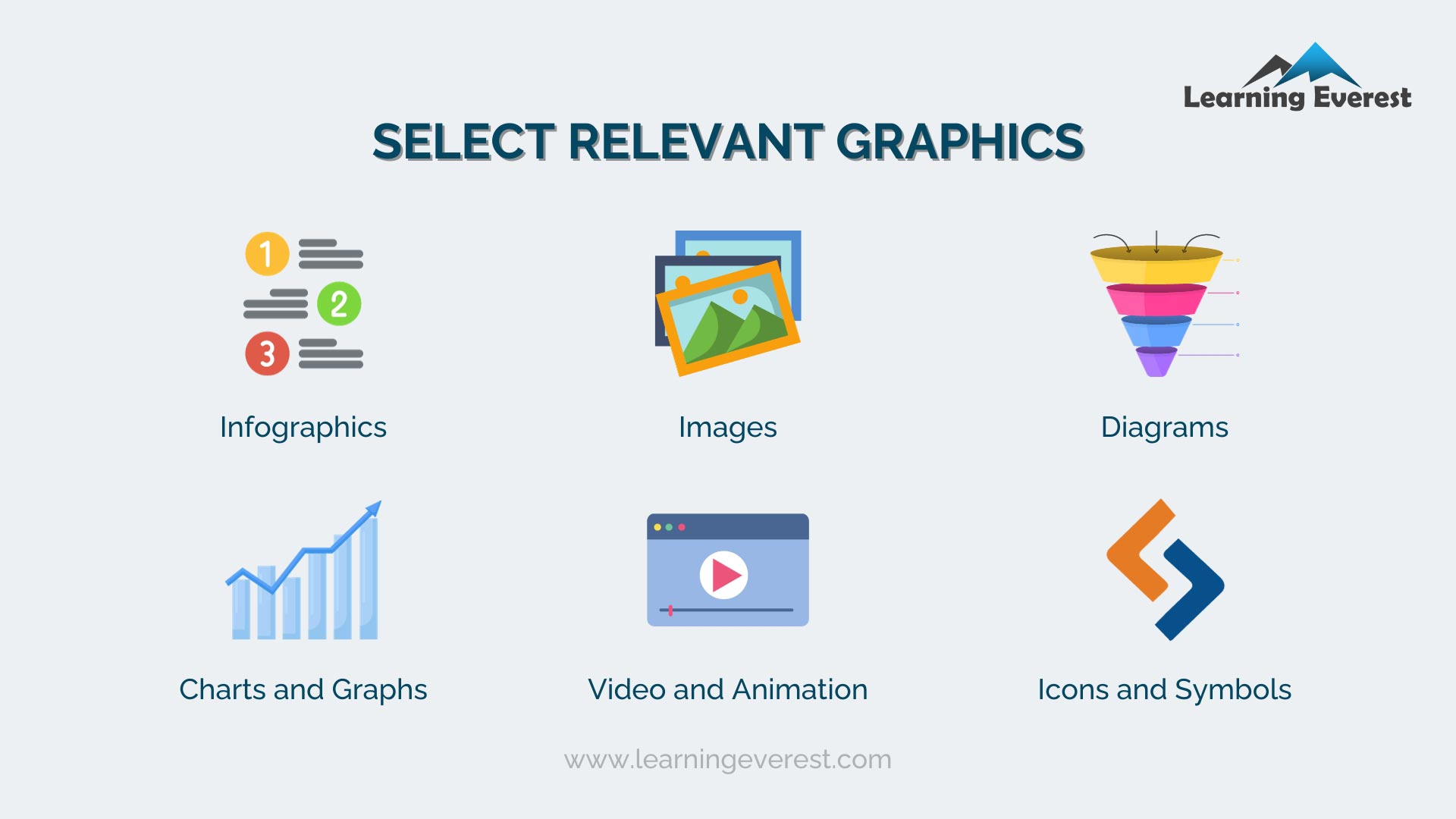
Tips for Interactive Sales and Marketing Training Content – Use graphics
Include simulated scenarios
This type of training mimics real-world situations. Simulation is used to give the learners a sense of actual situations that might arise in the workplace, preparing them for different scenarios. It allows employees to make decisions without worrying about the company’s reputation. Scenarios are usually done in a risk-free environment.
In sales and marketing training, for instance, a scenario can be created with an enraged customer on the phone, where the employee has to deliver an immediate solution. Creating scenario-based sales and marketing training content with options to choose from will push the employee to think and undertake an action that they think is appropriate.
If the employee feels that the scenario is not going the right way, give them permission to restart the simulation so that they can apply their new ideas and figure out how to handle the scenario. This exercise lets them develop their critical thinking and problem-solving skills. Also, allow opportunities to receive suggestions and feedback so that the learners understand where they went wrong.
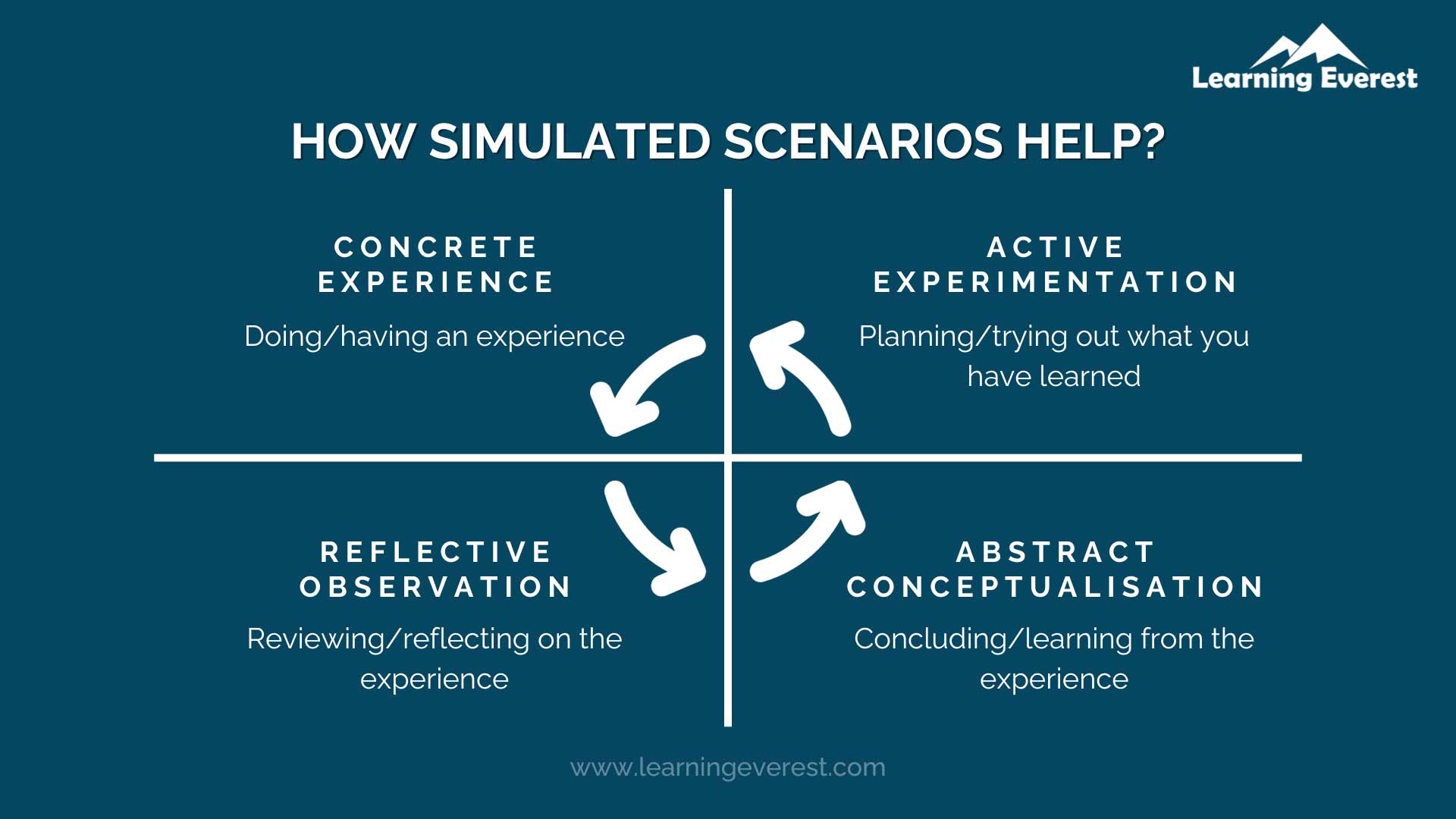
Tips for Interactive Sales and Marketing Training Content – Include simulated scenarios
Use gamification
Gamification in sales and marketing training involves incorporating gaming elements into the training content. Gamification is used to motivate learners to perform better. You can maintain a leaderboard/scoreboard with the names of the best-performing employees in order. Just like every player aims to score the highest points to lead the scoreboard, similarly, in the sales and marketing training, employees would try to learn more and score maximum points in the quizzes and activities in order to lead the scoreboard.
You can also give out badges or certificates as rewards for the best performance. Employees usually want to be recognized. So, add tasks where employees have to give out recommendations and ideas, and in return, allow employers to provide constructive feedback. You need to make sure that the activities are set up in a way that employees are motivated to perform better every time.
Gamification leads to improved results and interactive sales and marketing training content. Multiplayer games can also be included, allowing employees to collaborate in the virtual space and promoting interaction and teamwork.
A practical approach to learning improves memory and increases the ability to think and act quickly. Including games as part of the training, content is bound to pique their interest and keep them engaged. Sales and marketing training need not be dull and boring. It can be fun and entertaining while being informative and instructive at the same time.
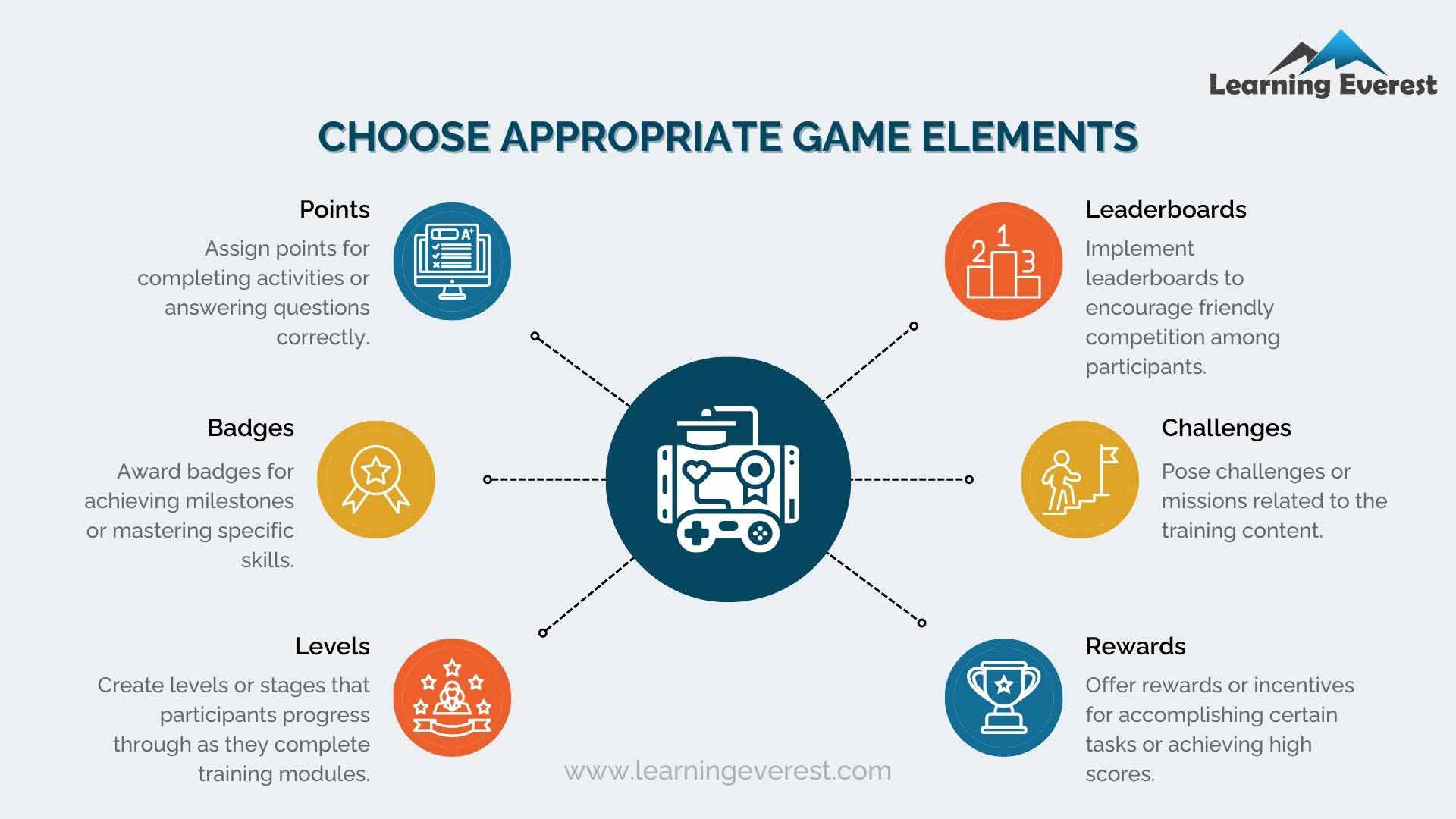
Tips for Interactive Sales and Marketing Training Content – Use gamification
Include assessments to create interactive sales and marketing training content
The best way to make the training content higher rate of retention is to make it interactive by asking questions and encouraging You can include short quizzes and assessments in your training module to keep the training process engaging. The most common form of quizzes used in online training is multiple choice questions (MCQs). You can add other quiz formats such as match the following, fill in the blanks, etc. Arranging questions can also be used where learners have to rearrange processes in order.
You can also include questions where the learners have to write answers to put thoughts into words, their ability to retain information, and their thinking process. The purpose of incorporating different types of assessments is to measure the learner’s understanding and keep the training content interactive.
Quizzes motivate learners to remember the information that they have learned. Always make sure to provide them with the correct responses at the end of the quiz. It helps them remember where they went wrong, and they will remember it the next time.
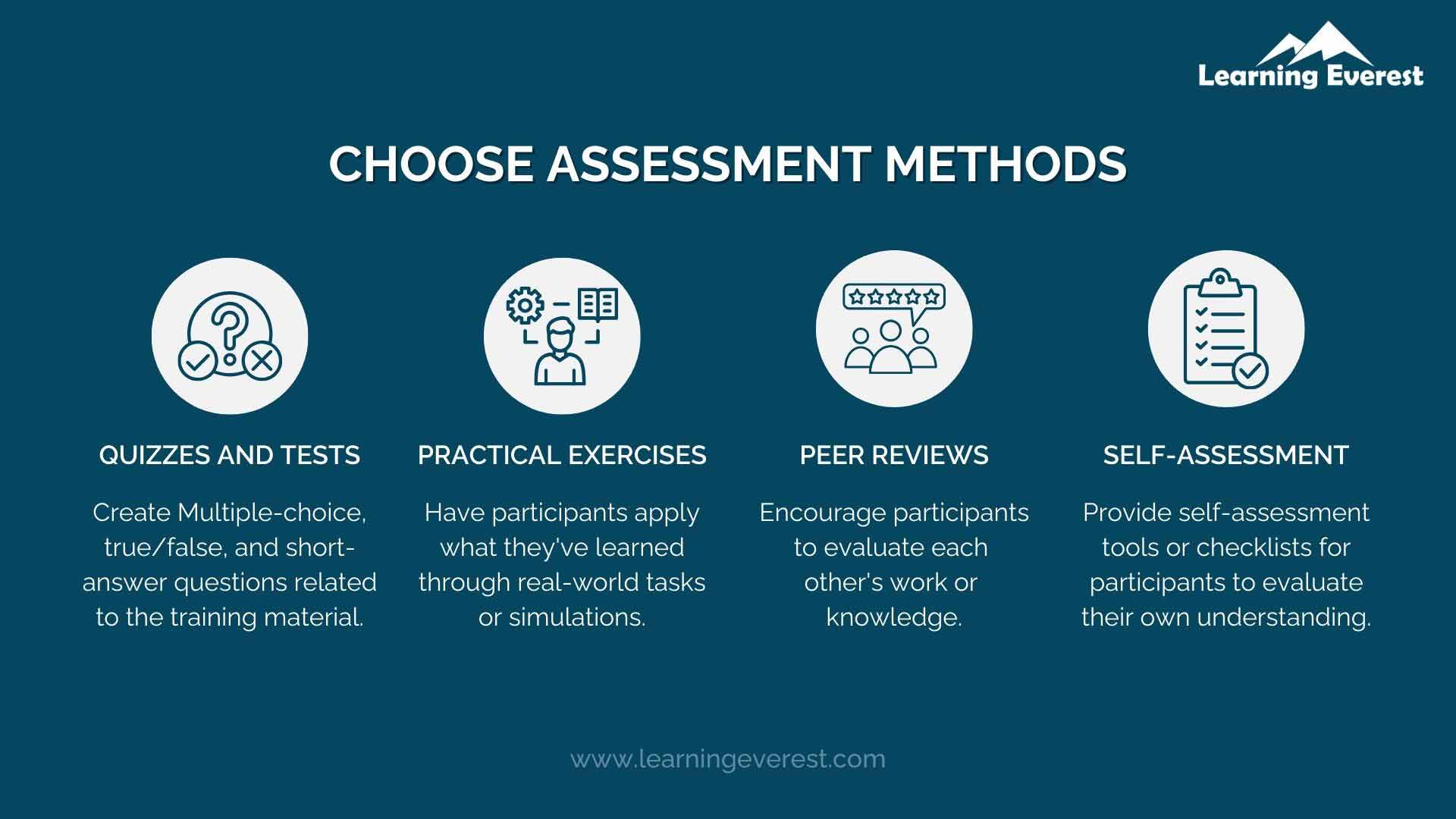
Tips for Interactive Sales and Marketing Training Content – Include assessments
Infographic
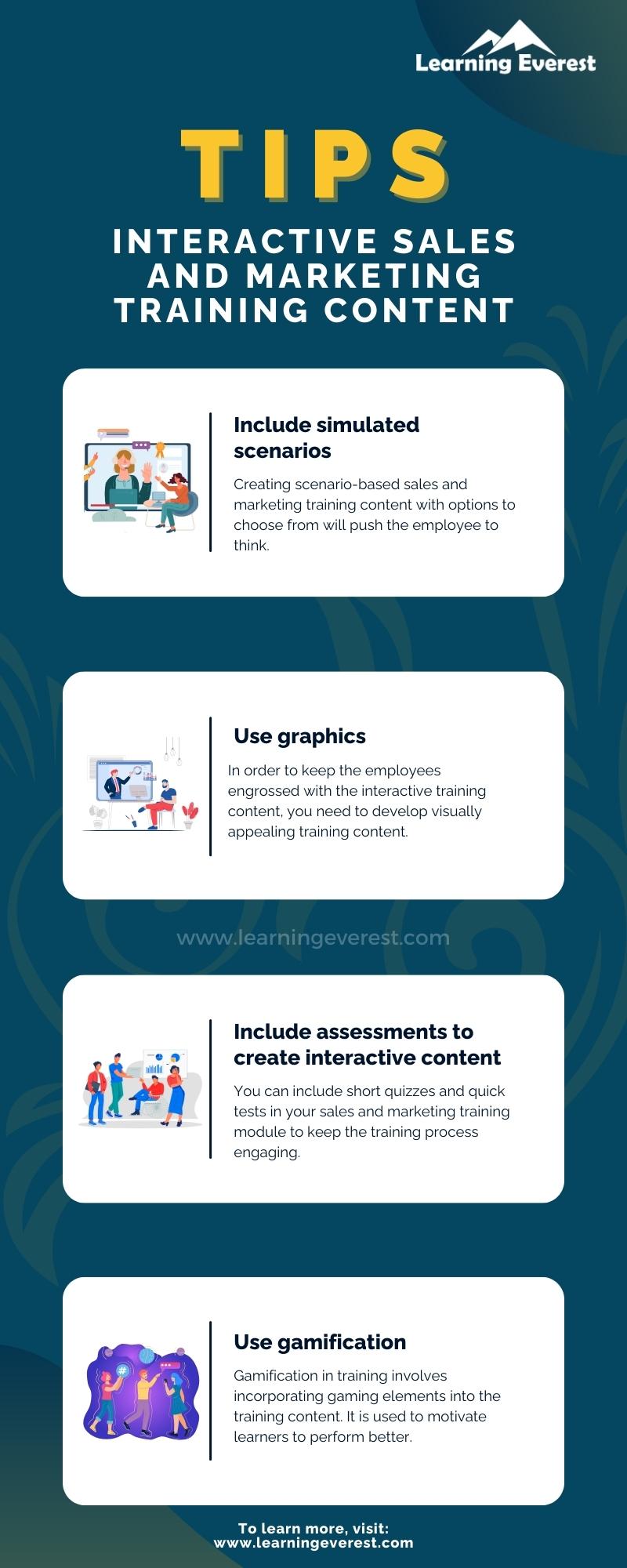
Create Interactive Sales and Marketing Training Content – 4 Simple Tips
Conclusion
These are some effective techniques that you can incorporate into your sales and marketing training program to create interactive sales and marketing training content. An employee who has understood your training content in and out can deliver better outputs. Implementing the above-mentioned strategies in your training modules will help you provide engaging and interactive training content that employees will remember and recall.
Don’t wait to elevate your sales and marketing training. Experience the power of interactive learning now!
Click here to revolutionize your training content and empower your team for success.
Frequently Asked Questions (FAQs)
What are the benefits of including interactive elements in sales and marketing training?
Incorporating interactivity in training enhances employee engagement, memory retention, and critical thinking. It transforms training from being dull and boring to fun and informative.
How do I measure the success of interactive sales and marketing training content?
Success can be measured through various metrics, such as improved employee performance, higher engagement rates, and increased knowledge retention. Regularly assessing and adjusting your training content based on feedback is also important for ongoing improvement.
How can I implement these strategies in my sales and marketing training program?
To implement these strategies, you can start by creating visually appealing content, designing simulated scenarios, incorporating gamification elements, and adding various assessments to your training modules. Customizing them to your specific needs is key.





